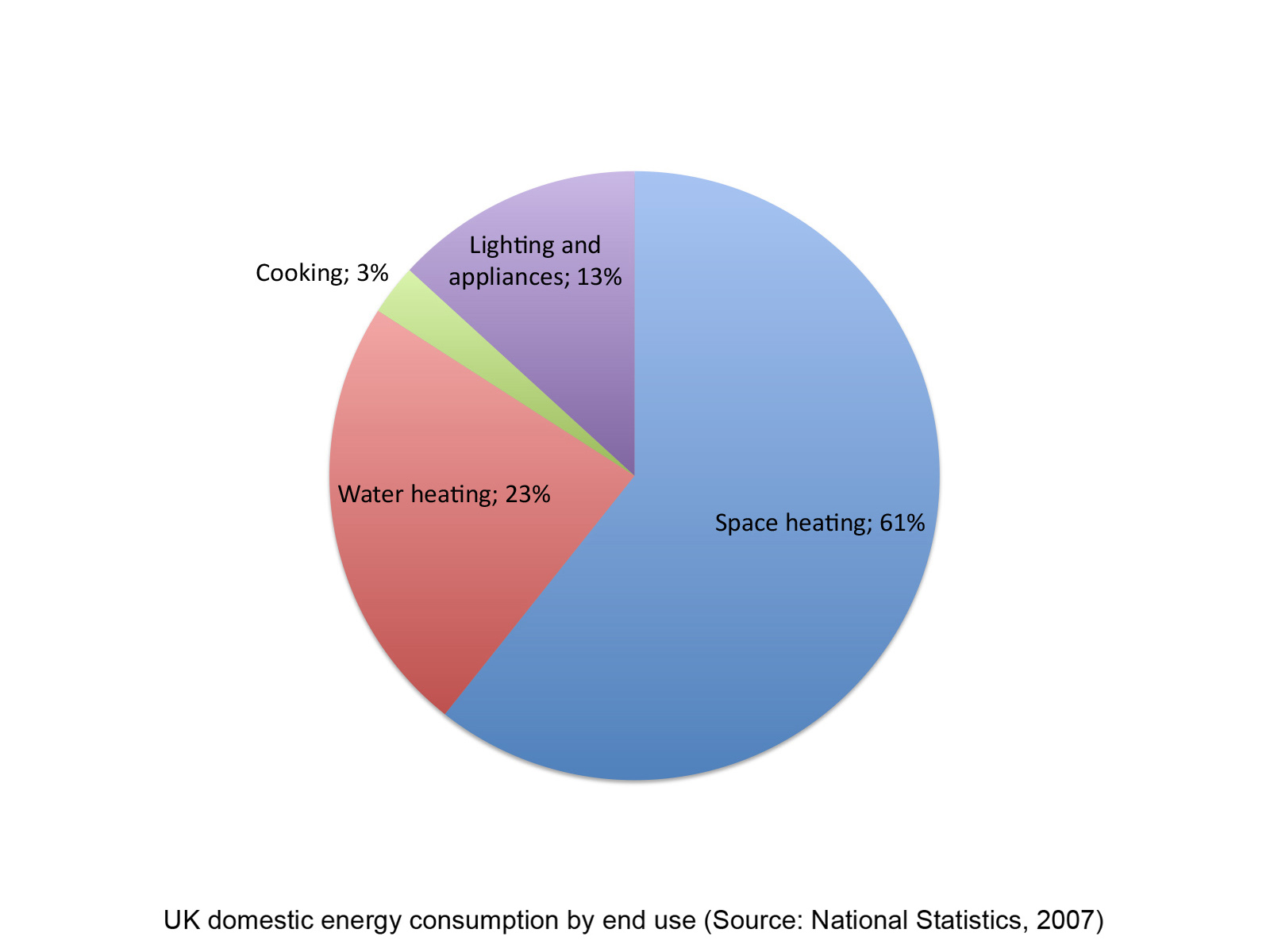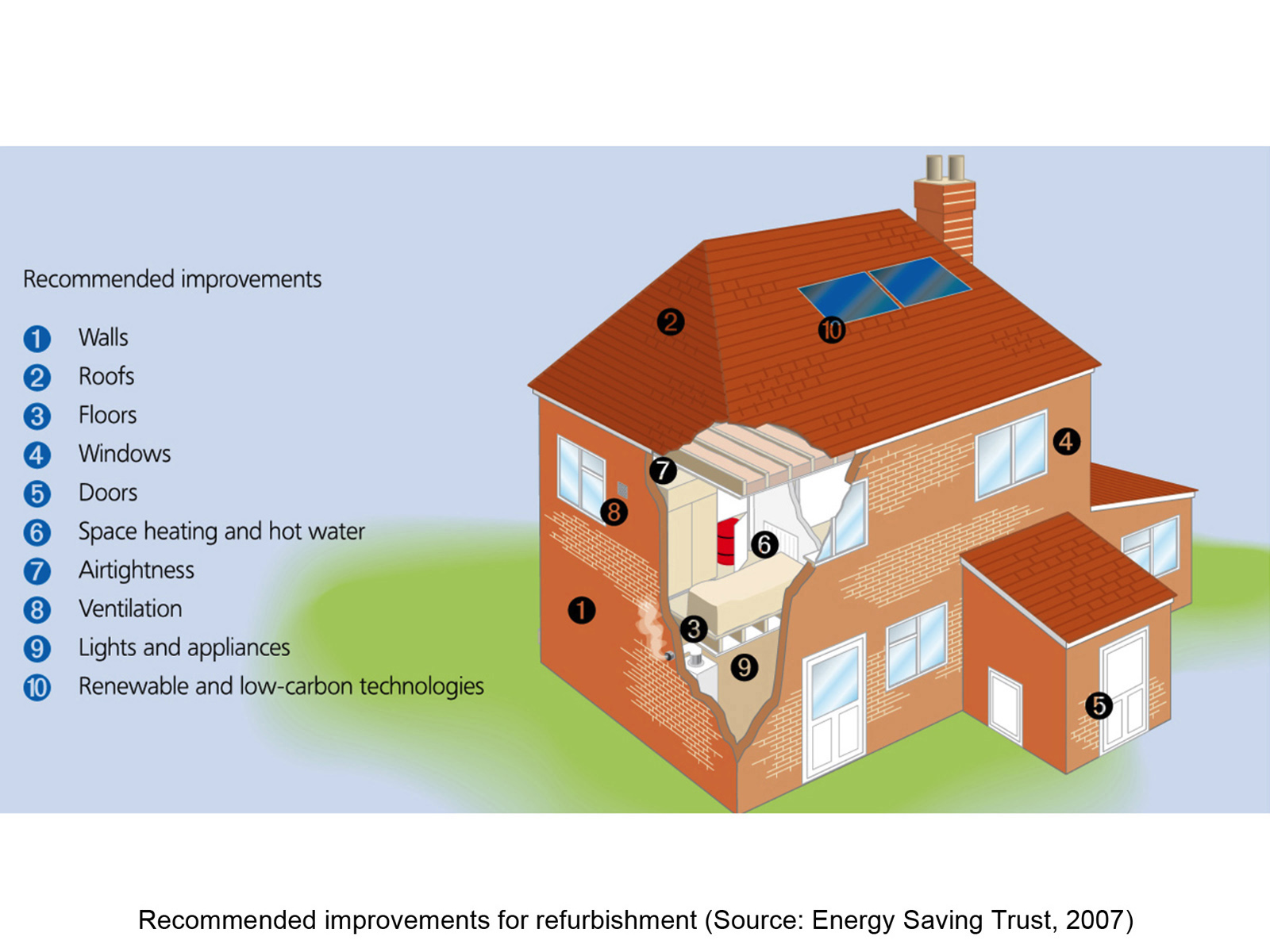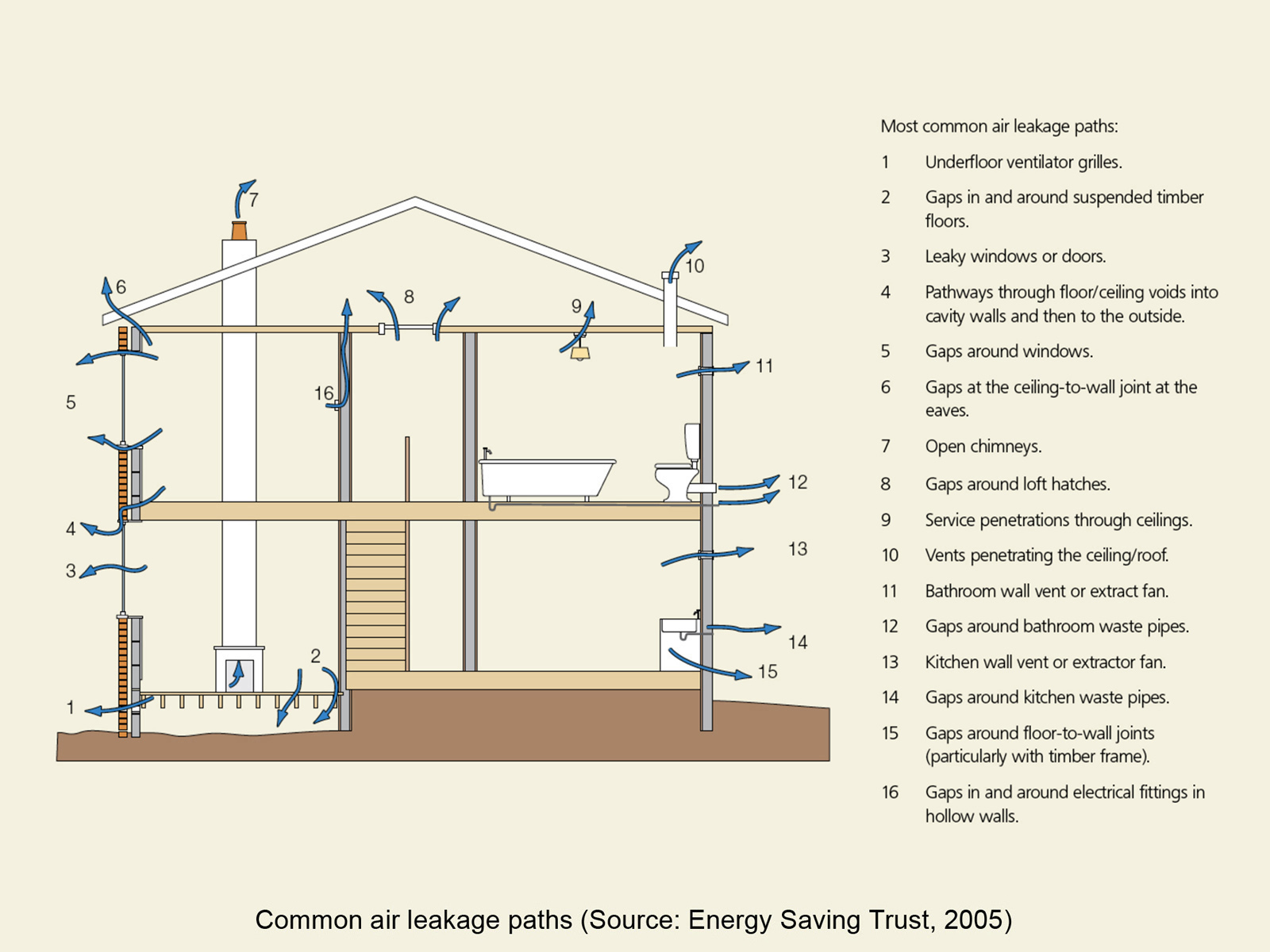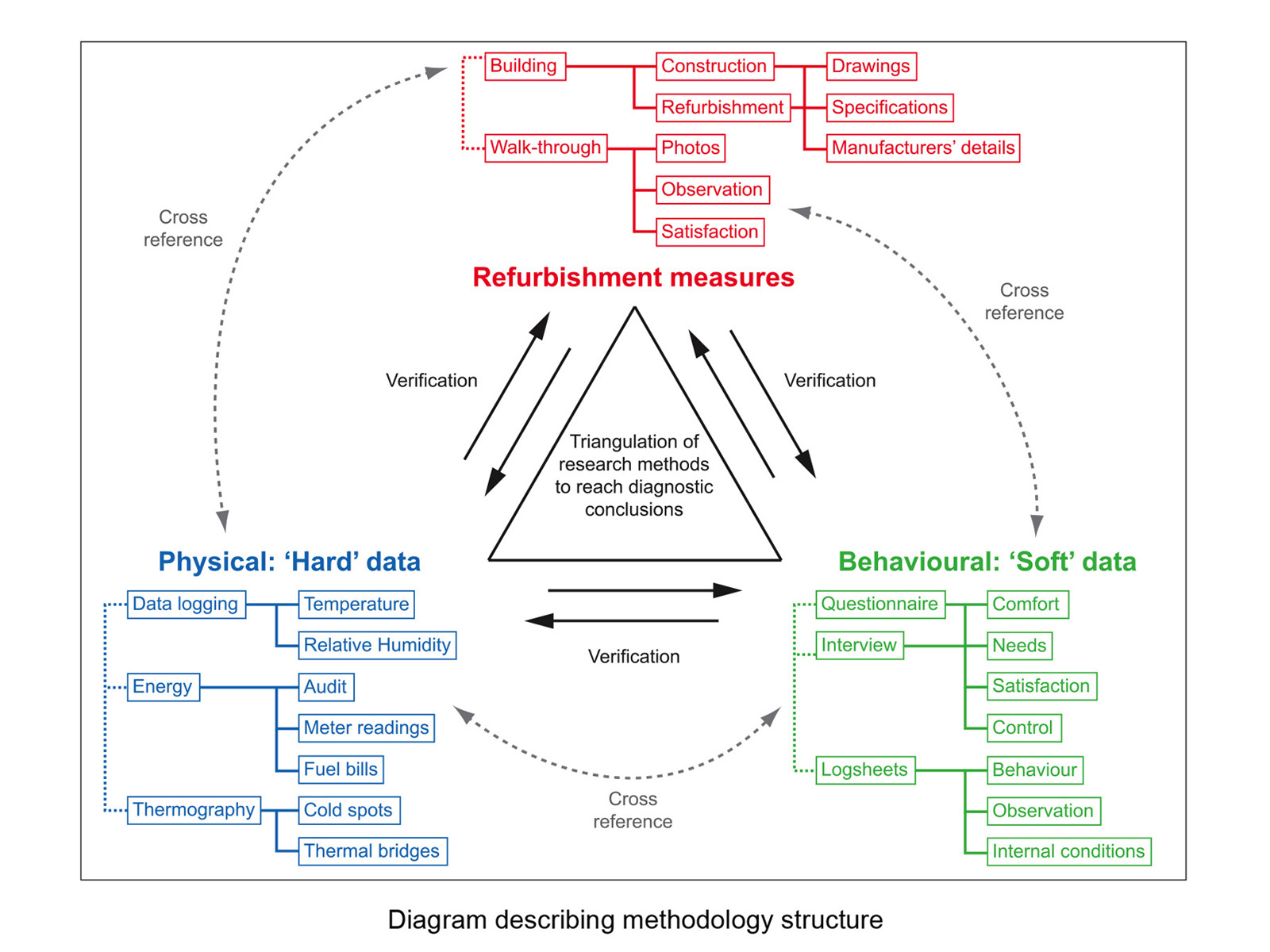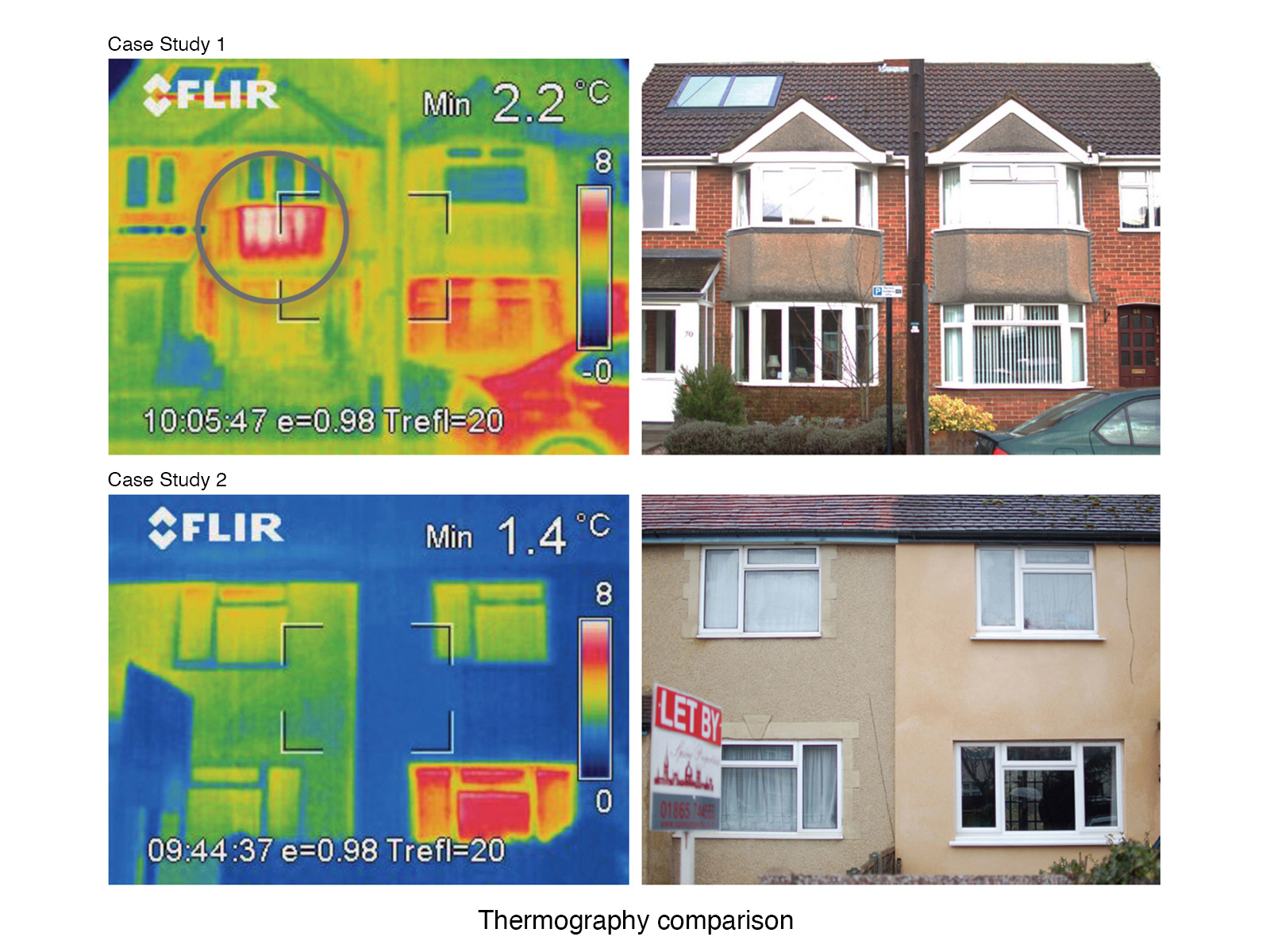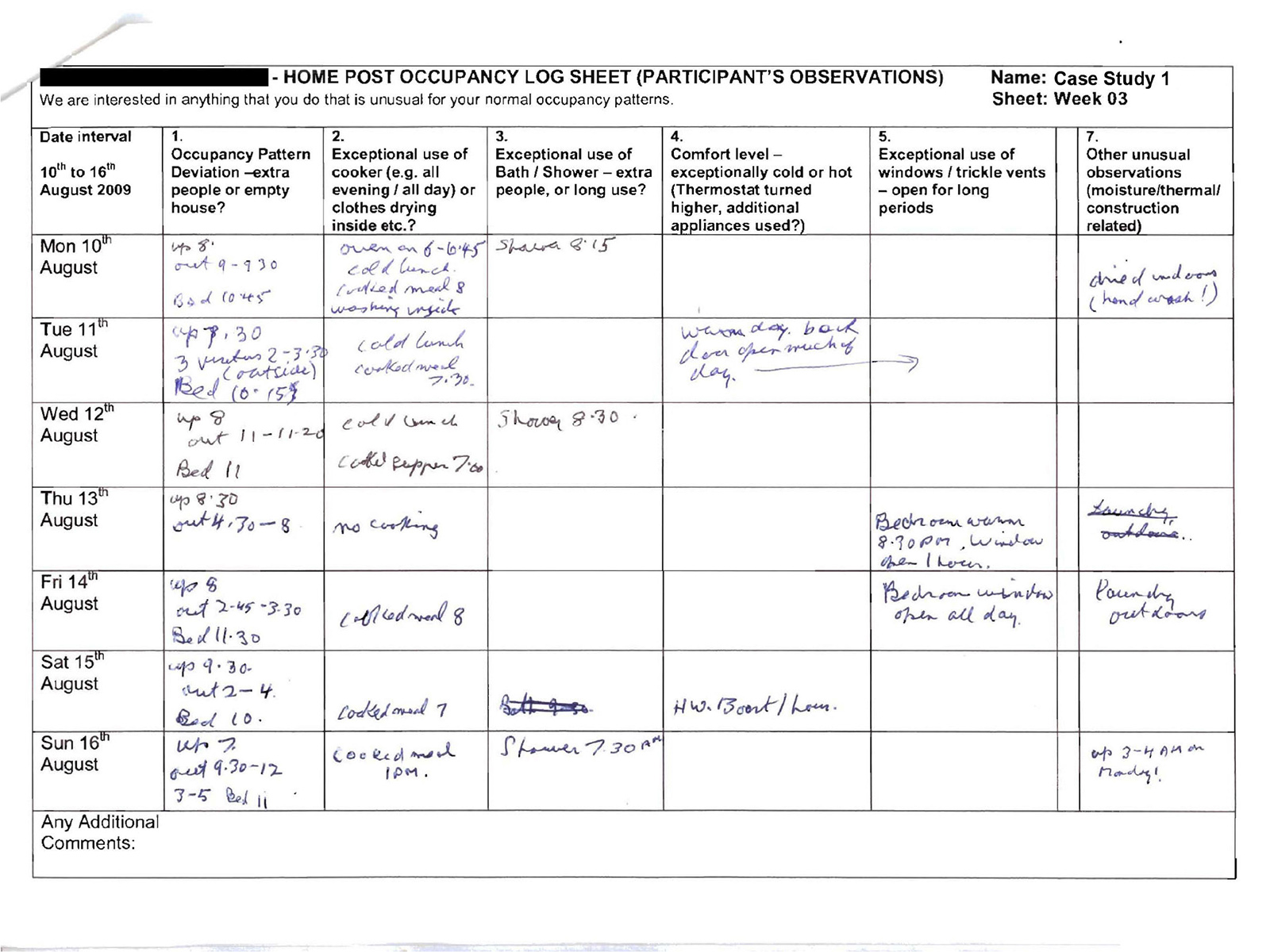An Evaluation of House Eco-Retrofit Projects in UK
The household sector is responsible for 27 per cent of total CO2 emissions in the UK, while 80 per cent of the houses that will be standing in 2050 have already been built. This makes the upgrade of the existing housing stock a priority for action, bringing energy-efficient retrofit to the forefront of the industry. The UK retrofit market is worth an estimated £3.5 – £6.5 billion per year, with the potential to create an abundance of jobs and revive the stagnant industry. However, the current state of the construction industry in the UK is not prepared for the level of energy-efficiency that is required to tackle the scale of the problem, showing a lack of understanding of the measures required to achieve this.
This research explores, through the evaluation of three existing case studies, which retrofit strategies are most effective, and whether or not they can help meet adjusted benchmarks from the 40% House scenario by Boardman et al., to achieve necessary carbon reduction across the UK housing stock by 2050.
The key findings show that the most energy efficient retrofit measures are not necessarily the most effective. Unintended consequences were discovered throughout, including positive and negative effects on noise, compromise of security, and adverse side effects of phasing retrofit. The under-performance of windows was a recurring theme, showing poor window design and manufacture, and a lack of skill in installation. Hidden energy ‘running costs’ in appliances were discovered, leading to an unnoticed over-consumption of energy. The primary source in control of comfort (or discomfort) in occupants was via the operation of windows, further emphasising the importance of good quality design and consideration of occupants’ access to windows and flexibility of use.
Two out of the three case study properties were able to conform to the energy consumption requirements without meeting the corresponding U-value requirements. With more proactive occupant behaviour, current benchmarks can be achieved. However, feedback is crucial in helping to educate the user, and to improve future design decisions. Intuitive design of control is important, along with a well thought out holistic strategy that considers the requirements for each individual project and the needs of the occupant(s), identifying individual tolerance and habitual behaviour.
Key words: Behaviour, benchmarks, building performance assessment, occupant satisfaction, post-occupancy evaluation, reduction of energy/carbon, refurbishment, retrofit, targets
Note: Above figures were correct at time of writing. Please contact us if you would like further information on this research.

